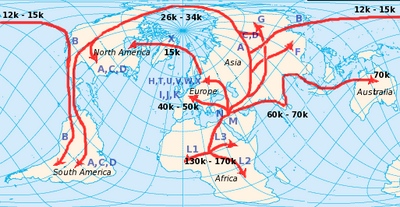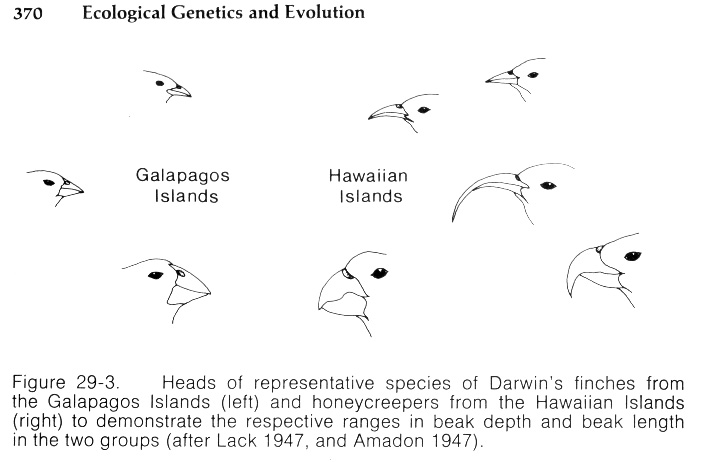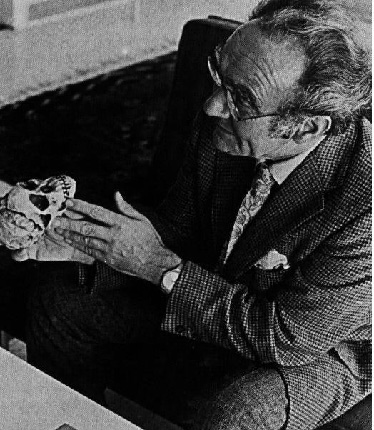 Important
terms
Important
terms
or world view is a complex, dialectical, & compound concept.
Analyzing the term: Weltanschauung; meaning, worldview.
| German | welt | anschauung |
| Source | ||
| two words: | world | view |
| Germanic roots | human existence | perception |
| this abode, life on earth | to show, make visible, sensory | |
| one meaning: | our experience | our vision |
| examples, | compared reality | personal perspectives |
| related meaning, | the actual universe | social prejudices |
So, based on the above, anyone can conclude that?
Any worldview --or a combined personal and social understanding of reality-- is based on faith in experience that forms a pattern language, or paradigm.We all may start with patterns, patterns build into images, these images can be variously arranged into a taxonomy rendering experiences intelligible,
All seven lessons | Lesson: 1. | Lesson: 2. | Lesson: 3. | Lesson: 4. | Lesson: 5. | Lesson: 6. | Lesson 7.
What are patterns? They are created out of the connections we make among events, people, places and things. Patterns are influenced by images and our imaginations are capable of creating patterns.
Two patterns in living creatures?
| Shiva's dance | "Fiat Lux" | curved space |
|
Hindu creation |
Christian creator |
Astronomy |
A Triptych of three competing views of the world.Are we dancers in an immense choreography of Shiva, or specially created children of God our "father who art in heaven," or the latest bud on the tree of life that grows from the wandering seed in circulation about a vast black whole in concert with our milky way galaxy?
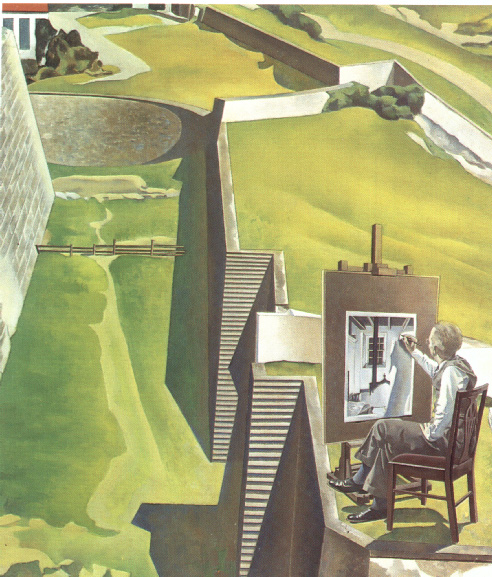
Postulate:
Understanding this pattern language, or the taxonomy we use to explain events, involves seven lessons on how to interpret reality and our ideas about the real world, because we are biased, prejudiced and prone to errors.
In our "mind's eye" we carry sufficient clues to remind us of what the world is composed of so that we may, like an artist create some rendering of our experiences.
Images | patterns | words | concepts | bias | veracity | reality
Facts are like disjointed impressions or unconnected phrases we use to express the sense of our ideas.
Information is akin to the grammar and syntax of a sentence, in that both impose a patter; this is the structure we apply to the facts that may litter our explanations of our experiences in the world.
Context is comparable to the syntax, or the setting; the necessary conditions that
give rise to meaning.
Summary: methods are the means we use to
organize facts to convey information so that we and others derive some
meaning appropriate to the context of the
problem we are seeking to solve.
The hidden dimensions depicted in a two-dimensional grid.
Lesson: 1. Imagination is the facility we have to decipher fantasy and fiction from actual events and facts. Knowing something requires us to move from perception to images and employ thinking so that we may distinguish fact from opinion.
In the Allegory of the Cave, by Plato, characters confused shadows reflected by a fire on the cave's walls with the reality of things outside of the cave. While shadows do reveal a good deal about where we are, they point ultimately to something beyond our perception of the immediate realm in which we may dwell.
His story relied on the Greek distinction between eidos and imago -- or ideas (eternal forms) and images (the earthly expression of the eternal forms).
The moral is: So some prejudices are inherent in our character, upbringing and habits of mind. These can be either reinforced or undermined by our upbringing.
Examining sources of knowledge
Lesson: 2. is understanding the temptations of idolatry. Idolatry is believing
in false impressions derived from experience.
Seventeenth Century writer, Sir Francis Bacon argued there were four sources on which peoples' beliefs in falsehoods rested. These sources he called idols because believers tend to worship these underlying arenas which transmit knowledge.
-
cave: perceptual confusion, conditioning, or inherent inability to imagine differently.
-
clan: family, tribal or ethnic hatred, popular prejudices that pass for truths.
-
theater: display or entertainment confused with factual certainty.
-
marketplace: exchange or trade in ideas and things as a sole measure of value.
Because human character is flawed, we are easily misled by the things we desire. In desiring certainty we may idolize any or all of these four arenas whose properties we often assume are true without examining the assumptions of each idol.
Lesson: 1. | Lesson: 2. | Lesson: 3. | Lesson: 4. | Lesson: 5. | Lesson: 6. | Lesson 7.
Verifying our knowledge
Lesson: 3. Numeracy: knowing
what numbers mean. The capacity for quantitative reasoning based on a
facility for measurement and numerical intelligence.
What are numbers? These are symbols we use to stand for, or to account
for separable, or divisible items. There are ordinal and cardinal numbers.
Gregory Bateson has suggested that number
is not to be confused with quantity.
Garrett Hardin insists, much like Gregory Bateson, that
quantity is not the same as quality.
Each of these terms have some capacity for numerical association:
Distance is an interval between two predefined or assigned points.
Dimensions are a geometric quality we attribute to spatial distances of height or depth, width and breadth of things.Mass is the weight of something based on its size and density of materials.
Frequency refers to how often something occurs between perceived intervals.
Duration has to do with how long an event, sensation or experience lasts in time.
Intensity is the measure of the affect, pressure or impacts of circumstances on other things or circumstances.
Lesson: 1. | Lesson: 2. | Lesson: 3. | Lesson: 4. | Lesson: 5. | Lesson: 6. | Lesson 7.
Three related contexts of knowledge:
|
Populations |
Biological |
Ecological |
|
ancestral inheritance, gene pools. |
evolutionary adaptation, life cycles. |
conditions of existence, organic & inorganic situations |
These are but three of many contexts that are used to verify what we think we know, to dispel some lingering uncertainties.
Lesson: 1. | Lesson: 2. | Lesson: 3. | Lesson: 4. | Lesson: 5. | Lesson: 6. | Lesson 7.
Lesson: 4. Population thinking: is a means of
understanding our descent.
Demography is the measure of population's size, age structure and longevity.
Any population descends
from common ancestors in a previous population.
Ernst Mayr has argued that biology was
crippled for centuries until the 1800s because thinkers and naturalists
were confusing type or classification schemes (taxonomy) with a related
quantity that is actually the property of populations.
For example one classification scheme was to distinguish radially symmetrical organisms and distinct from bilaterally symmetric creatures. Then bilaterally symmetrical creatures where classed by separating four legged (quadrupeds) from two legged (bipeds).
This taxonomic classification scheme led to associating all winged creatures in a similar class, despite the fact that some insects, birds and mammals may all fly because they possess wings, but they are not related to the same predecessor animal.
Population thinking introduced by Hooker, Darwin, Huxley, Mendel and Wallace rested on the notion that related organisms share a common inheritance and thus resemble their ancestors to more or less a recognizable degree. Thus whatever an organism can do is dependent on it having inherited the capacity from its parents.
Lesson: 5. Biologic: comprehending
the living world according to repeatable, observable, rational, and refutable
assumptions based on real evidence.
Aristotle's work argued that
there was a distinction between animate and vegetal souls.
Darwin believed that natural selection's
capacity to affect survival of offspring acted to adapt survivors to the
inorganic and organic conditions of existence.
Thus the 19th century idea of evolution meant --in part-- descent from
a common ancestor by means of artificial, sexual or natural selection.
Animal and plant breeding was an expression of artificial selection, from
which Darwin, by analogy, understood variation to arise in what he called
natural selection.
Darwin also new that sexual selection, or
the choice by one participant of a particular partner with which to have
intercourse was based in part on ethology, or the study of behavior. It
is known, for example, that certain courtship patterns among fruit flies
or grouse involve a mating dance, which if it is not performed to the
satisfaction of the female, no mating will take place.
Lesson: 6. Ecolate means to think ecologically by connecting the inherent relations among existing things to one another and their physical environment.
The Grant's --two researchers-- have studied bird populations on the Galapagos and come to some remarkable discoveries concerning natural selection.
Environments may be thought of in three ways:
surroundings, the observable setting.
conditions, the underlying and often unseen functional relations.
milieu, the active partnership of earth and every living creature in dynamic and responsive relationship based on feedback cycles.
Laws that govern ecological relationships are derived from chemistry (conservation of mass) and physics (thermodynamics).They are:
1. Connectivity: You may never do merely one thing.
2. Conservation: There is no away to throw things.
3. Construction: You can't get something for nothing.
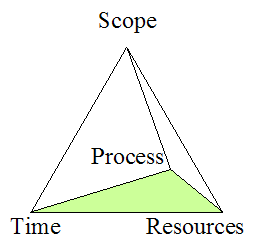
Ecolacy is the practice of the art and science of contextually appropriate thought, based on specific conditions and using systemic thinking about life in relation to other living things on earth.
• Ecological literacy is the basis of such an understanding.
• But an ecological imagination is the intent of such knowledge.
Jacob Bronowski, mathematician and author, inspects a fossil skull.
Lesson 7: Is an inquiry that always asks, "And then what?"
Continually consider the the eventual impact of actions, behavior, or events on conditions so that the future milieu emerges from a set of potential possibilities but is limited by conditional probabilities. (Not everything can ever probably occur in the future.)
Because nature is more complicated than we can think, people must always consider that unintended consequences may have a greater affect than than anyone is able to foresee.
Lesson: 1. | Lesson: 2. | Lesson: 3. | Lesson: 4. | Lesson: 5. | Lesson: 6. | Lesson 7.
By way of summary:
• Its so easy to make mistakes.
• Uncorrected mistakes may have lethal affects.
• Eyewitness accounts are, often as not, unreliable.
• Correcting impressions is what acquiring knowledge
is all about.
• Reliable knowledge requires that we analyze and
verify all information.
• The meaning of any information involves a definition
and analysis of the context.
• The application of knowledge from one context to another meaningful frame is one exercise of intelligence.
• Synthesis of intelligence is not possible without careful analysis of a thesis' strength and weakness for revealing errors.
Lesson: 1. What do we know of things?
Lesson: 2. Examining sources of knowledge
Lesson: 3. Verifying our knowledge
Lesson: 4. Origins and heritage; understanding our descent.
Lesson: 5. Biologic: literally bio, meaning life, logic meaning rationale used to fathom living systems:
5.1: ecology, here and now.
5.2: evolution, there and then.
Lesson: 6. Ecolate means to ecologically think about connections.
Lesson
7. An effective inquiry asks, "And then what?"




